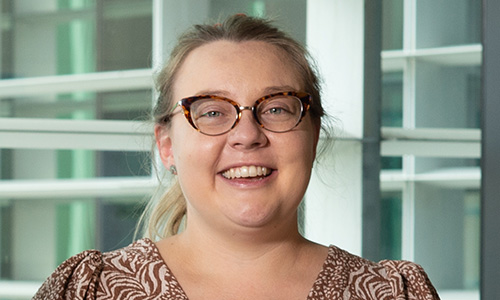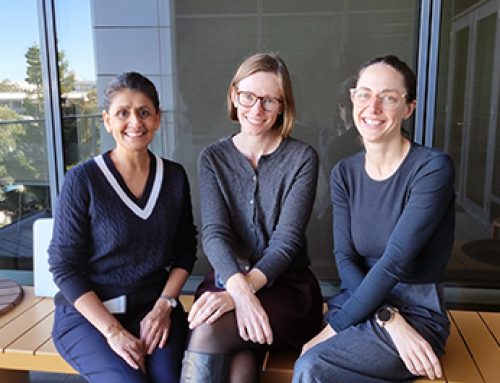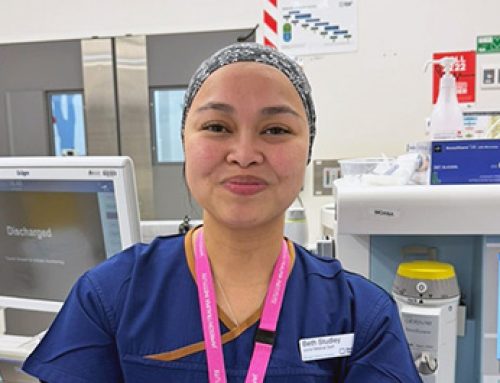Identifying markers of disease in children with bronchiectasis
By Dr Hannah O’Farrell, Visiting Fellow – Respiratory

I am an early-career researcher and have always been interested in science. My journey to bronchiectasis researcher began by studying a science degree at The University of Queensland. During this time, I decided to follow a research pathway and my Honours project investigated the lung microbiome in patients with chronic obstructive pulmonary disease (COPD). This research was rewarding, and I really enjoyed learning more about the lung and identifying ways to improve patient outcomes through biomedical research.
Research allows you to connect with other research laboratories and I was fortunate enough to obtain international research experience, working as a Research Assistant at the British Columbia Cancer Research Centre in Vancouver, Canada. I had the opportunity to work on innovative projects identifying genes and pathways involved in lung cancer. This invaluable international research experience provided me with the confidence and skills to return to Australia and undertake a PhD.
My PhD studies focused on extracellular vesicles (EVs) and how they could be used to help diagnose COPD and lung cancer, and if they could be used to determine which patients will have better outcomes. EVs circulate in the blood and contain cellular material, which makes them ideal to use as markers of disease. I graduated with my PhD in late 2021 and joined the QUT Cough and Airways Research Group (CAARG) headed by Prof Anne Chang at the Centre for Children’s Health Research.
It has been exciting to transfer my laboratory skills to children’s bronchiectasis research. Bronchiectasis is a chronic lung condition that is associated with airway infection and inflammation. Lung inflammation in children with bronchiectasis is an important driver of ongoing tissue damage. New technologies make it possible to better understand this inflammation, which has also given us the opportunity to develop new diagnostic tests.
My research uses next generation sequencing technologies to detect and determine how much of a gene is present. We can then group these genes to discover patterns in children with bronchiectasis and help us identify which children will have better outcomes, when a flare-up might occur, and which children may respond best to treatments. EVs have the advantage of being easily detected in blood and other fluids such as saliva or urine. If EVs can be used to identify gene characteristics, we won’t need to perform invasive tests, which is especially important in children.
For my research, I recruit children when they are undergoing a bronchoscopy, a test to look at their lungs, and I really enjoy meeting the children and their families. I am honoured that they allow me to use small amounts of the bronchoscopic fluid and blood samples that I can then use with cutting-edge technologies to further my research into better understanding bronchiectasis, so that we may help children now and in the future.
I have been fortunate to join a great team who support me in my research and to have the support of the broader AusHSI team. I look forward to engaging new PhD scholars to progress the work and to share an amazing journey with. Through our research we will make a difference to children with bronchiectasis and that is very rewarding.







